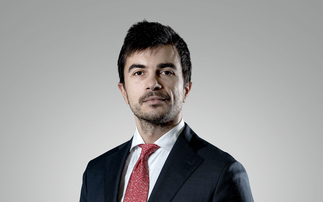The need to be more pragmatic in the outlook for the ETF market as a whole shouldn't come as a surprise to investors as fears of a global economic slowdown continues to put markets under pressure.
Nick King, Head of ETFs at Fidelity, notes it is fair to say investors should "expect lower beta returns than those seen over the last 10 years".
Yet in spite of this muted outlook, the growth of ETF strategies has continued into 2019, and
Assets under management reached a new high of $5.4trn in February, accoirding to data provider ETFGI.
In order for this growth to continue at its current levels however, King argues significant innovation within the sector is required:
"In order for the market to continue to grow at this kind of rate, we need to find new client types and new uses for the structure. For example, this might come from wider retail usage, but it's going to require education and also potentially operational enhancements. We also need further innovation, including the development of efficient active ETF structures," he says.
Fidelity which began its march into the passive sector three years ago and has since launched a range of Quality Income ETF strategies, is already working to innovate their structures globally.
The group has also made strides within the ‘active' ETF market, and launched its first active ETF in Australia in October last year. Active ETFs allow Fidelity to combine the features of an ETF with a mutual fund and provide a securitised structure that can be held in a brokerage account. King believes structurally it is one of the most significant developments the ETF market has seen in years.
"The structure we are using here is very interesting; it is a hybrid of a traditional mutual fund and an ETF wrapper. It provides intra-day trading on an exchange as well as instant confirmation of execution, just like an ETF. However, like a mutual fund, it has a limited requirement for publication of holdings which allows us to protect the intellectual property within the fund."
Fidelity's first active ETF is currently only available in the Australian market only, predominantly because the European regulatory environment does not support the structure of active ETFs as yet. Unlike the European market, where full transparency is required, Australian regulators allow for limited transparency of holdings.
To read the full interview with Nick King, and learn more about active ETF innovation, click here to access The ETF Evolution magazine for free.











